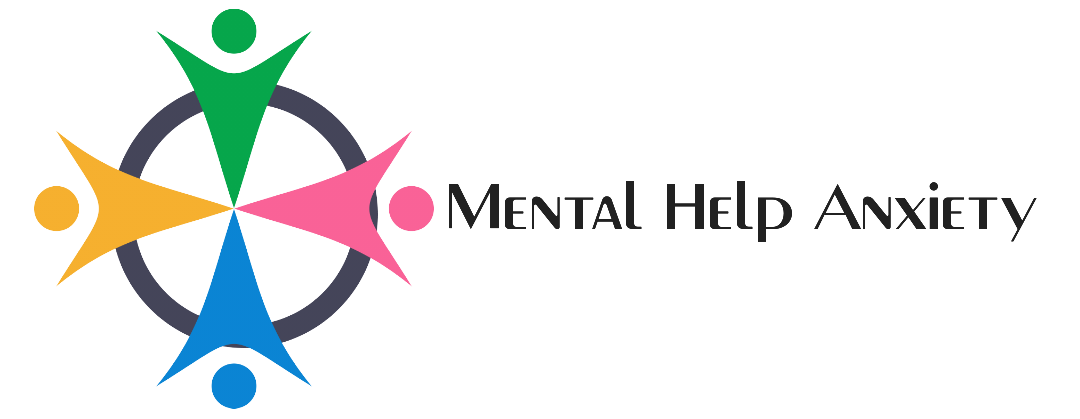Moods are significant in our daily lives, influencing how we think, feel, and act. They can be broadly categorized into good and bad moods, affecting our overall well-being. Understanding the dynamics of these emotional states is not just crucial, but also empowering, for maintaining mental health and fostering a balanced life.
What Are Moods?
For instance, a good mood might be when you wake up feeling refreshed and excited about the day, while a bad mood could be when you’re feeling stressed and irritable due to a challenging work situation.
Various factors, including biological elements like hormonal changes, psychological factors such as stress or trauma, and environmental influences like weather or social interactions, can influence our moods. They can last hours, days, or even longer, affecting our outlook on life and interactions.
The Nature of Good Moods
Good moods are characterized by feelings of positivity, contentment, and well-being. When in a good mood, people are more optimistic, friendly, and open to new experiences. This positive state of mind can enhance creativity, improve problem-solving abilities, and increase resilience to stress.
Good moods are often associated with the release of certain chemicals in the brain, such as serotonin, dopamine, and endorphins. These neurotransmitters play a crucial role in regulating mood and are usually called the brain’s ‘feel-good’ chemicals. For example, serotonin is known to regulate mood, while dopamine is associated with pleasure and reward. Activities like exercise, socializing, listening to music, or engaging in hobbies can boost these chemicals, leading to an uplifting mood.
Benefits of Good Moods
- Enhanced Productivity: Individuals are more likely to be productive and motivated in a good mood. They approach tasks enthusiastically and can better focus on their goals.
- Improved Relationships: Good moods contribute to better communication and stronger relationships. People in good moods are generally more patient, empathetic, and willing to compromise, which can lead to more harmonious interactions.
- Better Health: Being in a good mood can positively affect physical health. It can lower stress levels, reduce blood pressure, and boost the immune system, making the body more resistant to illness.
- Increased Creativity: A good mood fosters a more open and flexible mindset, which can lead to increased creativity and innovation. When we feel positive, we’re more likely to think outside the box and develop novel solutions to problems.mental health Act
The Nature of Bad Moods
On the flip side, bad moods are marked by feelings of negativity, irritability, and discontent. When in a bad mood, individuals may feel more pessimistic, withdrawn, and less willing to engage in activities they usually enjoy. Various factors, including stress, fatigue, hormonal changes, or adverse life events, can trigger this state.
Consequences of Bad Moods
- Decreased Productivity: Bad moods can sap motivation and focus, making it harder to complete tasks effectively. Individuals in bad moods are more likely to procrastinate, make mistakes, or give up on challenging tasks.
- Strained Relationships: When in a bad mood, people may become more irritable and less patient with others, leading to conflicts and misunderstandings. This can strain relationships and create a negative feedback loop, where bad moods lead to more interpersonal problems, exacerbating the bad mood.
- Poor Decision-Making: Bad moods can cloud judgment and lead to impulsive or irrational decisions. When feeling negative, individuals may be more likely to focus on short-term relief rather than long-term consequences, leading to choices they later regret.
- Health Implications: Chronic bad moods can have profound health implications. Persistent stress and negativity can weaken the immune system, increase the risk of heart disease, and contribute to mental health disorders such as depression and anxiety.
Managing Moods: Strategies for Balance
Understanding that moods are not entirely within our control can be liberating and challenging. However, it also presents an opportunity for growth and learning. Some strategies can help manage and balance moods, reducing the impact of bad moods and enhancing good ones.
- Mindfulness and Meditation: Practicing mindfulness and meditation can help regulate emotions and reduce the intensity of bad moods. These practices encourage focusing on the present moment, reducing the tendency to ruminate on negative thoughts or worries.
- Physical Activity: Regular exercise is one of the most effective ways to boost mood. Physical activity increases the production of endorphins and other mood-enhancing chemicals while reducing stress hormones.
- Healthy Lifestyle Choices: Eating a balanced diet, getting enough sleep, and staying hydrated can all positively impact mood. Nutrient-rich foods, in particular, support brain health and can prevent mood swings.
- Social Support: Maintaining strong social connections is crucial for mood regulation. Talking to friends or loved ones can provide comfort and perspective during difficult times, helping to lift a bad mood.
- Cognitive Behavioral Techniques: Cognitive Behavioral Therapy (CBT) techniques can help manage moods. Individuals can shift their mood and improve their outlook by challenging negative thought patterns and replacing them with more positive or realistic ones.
- Setting Realistic Goals: Setting achievable goals and breaking tasks into smaller, manageable steps can prevent feelings of overwhelm and frustration, often leading to bad moods.
- Engaging in Enjoyable Activities: Making time for hobbies and activities that bring joy and satisfaction can help maintain a good mood and provide a buffer against stress.
Conclusion
Moods are an integral part of the human experience, influencing every aspect of our lives. While good moods can enhance our well-being and lead to positive outcomes, bad moods can have detrimental effects if not managed properly. By understanding the factors influencing our moods and adopting strategies to manage them, we can lead more balanced, fulfilling lives. Whether through mindfulness, physical activity, or simply connecting with others, there are many ways to cultivate good moods and mitigate the impact of bad ones.
Bad moods are often associated with the release of stress hormones like cortisol and adrenaline. These chemicals prepare the body for a “fight or flight” response, which can be helpful in short bursts but detrimental if sustained over long periods. Chronic bad moods can lead to a host of physical and mental health issues, including anxiety, depression, and cardiovascular problems.



